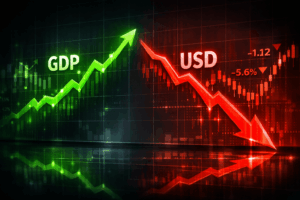Oil prices climbed more than 1% on Thursday as markets responded positively to upcoming trade negotiations between the United States and China, the world’s two largest oil consumers. Brent crude futures rose 89 cents (1.5%) to $62.01 a barrel, while U.S. West Texas Intermediate crude increased by $1.02 (1.8%) to $59.09. SEB analyst Ole Hvalbye noted the market has stabilized above $61 a barrel, with support coming from optimism around the scheduled “ice-breaker” talks between U.S. Treasury Secretary Scott Bessent and China’s top economic official on May 10 in Switzerland. Analysts suggest that other trade agreements, such as the one announced with the UK, could also positively impact the market.
However, planned production increases by OPEC+ are expected to exert downward pressure on prices. Citi Research has reduced its three-month Brent forecast to $55 from $60 per barrel, while maintaining its $60 long-term outlook for the year. They also noted that a potential U.S.-Iran nuclear deal could push Brent prices toward $50, while failure to reach an agreement could drive prices above $70.

Gold Breaks $4,500 While Vanguard Flips Strategy
Gold topped $4,500 for the first time Wednesday, capping a 70% rally in 2025. Silver surged 150% while platinum hit levels not seen since 2008. The precious metals boom comes as the White House pushes for more Fed rate cuts, the labor market sends mixed signals, and Vanguard urges investors to flip their portfolios.




